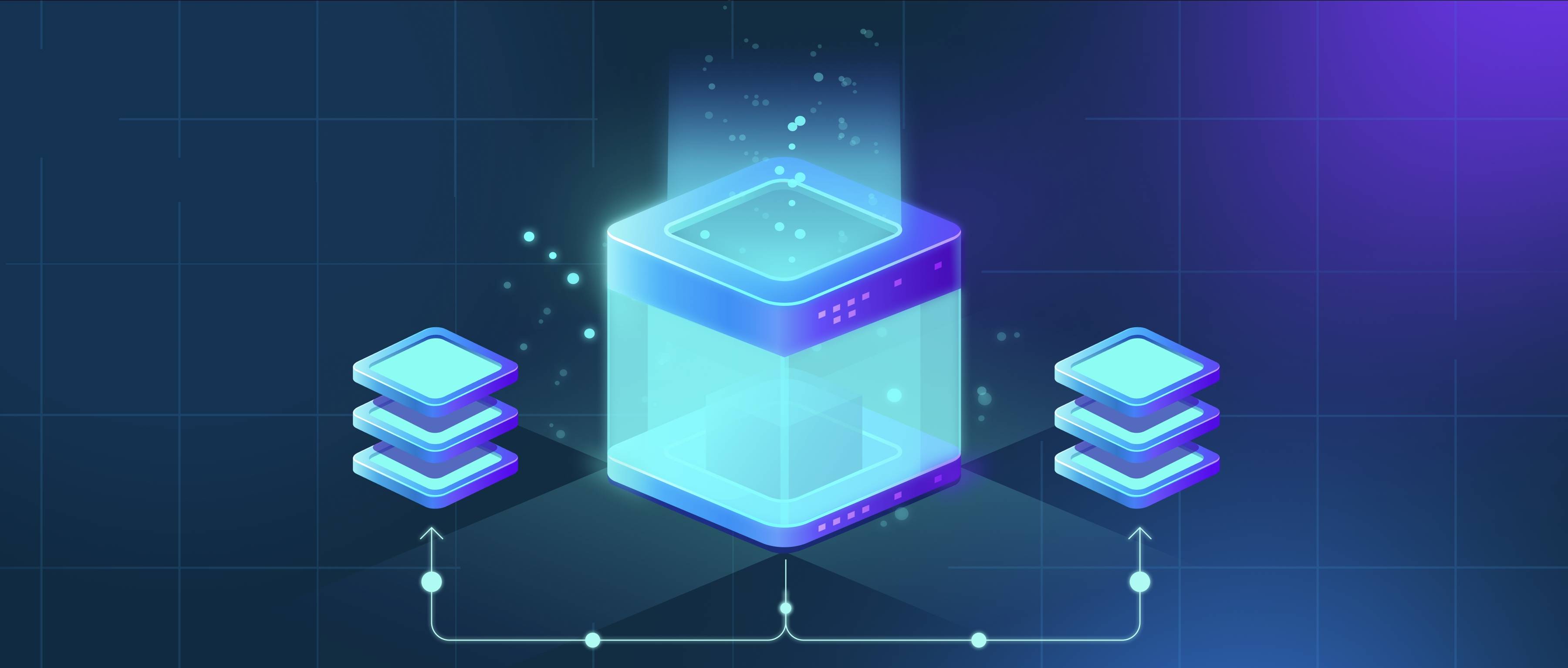AWS Bedrock's fine-tuning capability allows developers to adapt a base large language model (LLM) to a specific domain or company terminology by training it on custom datasets. This process involves providing the model with structured examples (e.g., text prompts and responses) that reflect specialized vocabulary, writing styles, or workflows unique to an organization. For instance, a healthcare provider could fine-tune a model using internal medical records, clinical notes, and industry-specific abbreviations (e.g., "HTN" for hypertension or "CXR" for chest X-ray). The model learns to recognize these terms and generate contextually accurate outputs, such as summarizing patient histories or drafting diagnostic reports. Bedrock streamlines this by offering tools to upload training data, configure hyperparameters, and deploy the customized model via API without managing infrastructure.
The process typically involves three steps. First, developers curate a dataset that includes domain-specific language—like internal documentation, customer support transcripts, or product glossaries—ensuring it aligns with the desired output style. Next, they use Bedrock's interface to fine-tune a base model (e.g., Amazon Titan) by uploading this data and specifying training parameters, such as epochs or learning rates. Finally, the tuned model is evaluated using validation datasets to measure improvements in task-specific metrics (e.g., accuracy in classifying technical support tickets). For example, a logistics company might train a model on shipment codes (e.g., "FCL" for full-container load), port abbreviations, and delivery exception logs to automate customer updates about delays caused by "CFS" (container freight station) bottlenecks.
A concrete use case is a financial services firm customizing a model for compliance documentation. The company could fine-tune the model on internal policy manuals, regulatory filings (e.g., SEC forms), and legal contracts containing terms like "AML" (anti-money laundering) or "KYC" (know your customer). Post-training, the model could automatically draft compliance reports, flagging sections that require updates based on new regulations like "MiFID II." This reduces manual review time and ensures consistency with company-specific jargon. Another example is a SaaS company training a chatbot to resolve support tickets using product-specific error codes (e.g., "ERR_429_API_LIMIT") by feeding it historical ticket data and troubleshooting guides. The tuned model would accurately map user-reported issues to internal knowledge base solutions, improving resolution speed.
